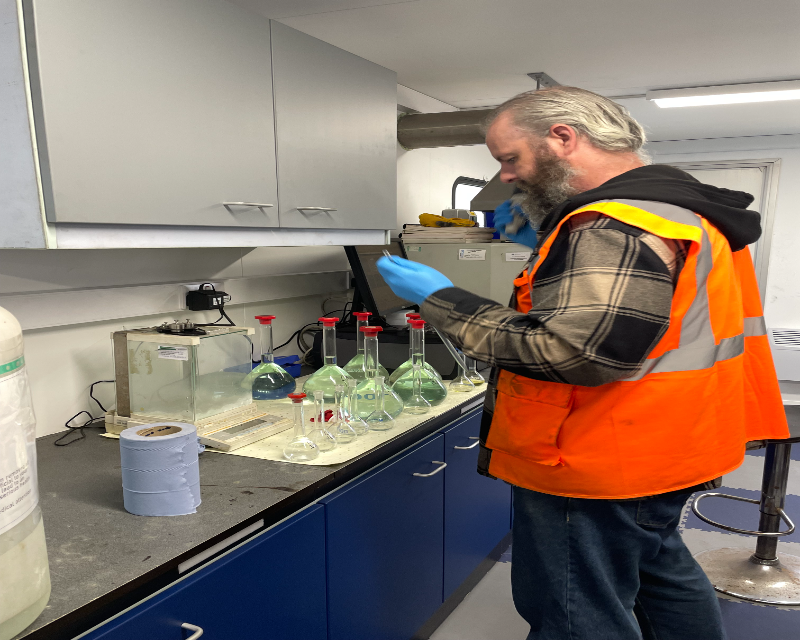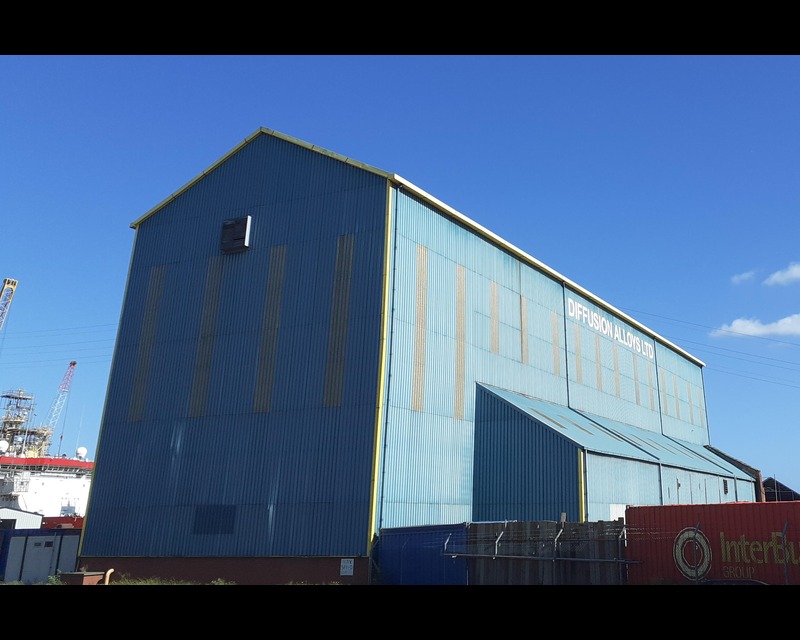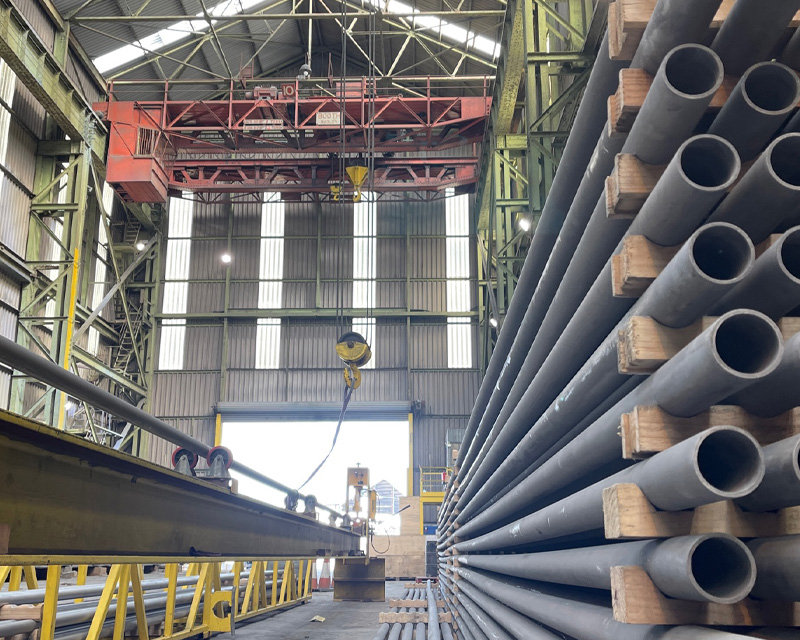
What Is Boronising?
Boronising is a diffusion treatment that produces an extremely hard, wear-resistant surface on metals by introducing boron atoms into the substrate.
Unlike coating or plating methods that apply material on top, boronising alters the surface composition itself, creating a metallurgical bond between the boron layer and the base metal. The process forms a dense boride layer typically iron boride (FeB) and iron diboride (Fe₂B) on steels which offers outstanding hardness, abrasion resistance, and corrosion protection in harsh environments. Boronised components maintain dimensional stability and surface integrity under friction, erosion, or high-temperature exposure, making the process ideal for severe service conditions.
How the Process Works
In most applications, boronising is performed using a pack diffusion or paste application method. The component is surrounded by a boron-containing medium and heated under controlled conditions, allowing boron atoms to diffuse into the surface lattice of the base material. Process parameters temperature, duration, and pack composition determine the depth and composition of the resulting boride layer.
At the diffusion interface, boron reacts with elements in the substrate to form hard, stable borides such as FeB, Fe₂B, or Ni₂B. This zone can reach microhardness values between 1,400 and 2,000 HV, significantly increasing wear resistance without introducing residual stresses or adhesion issues. Unlike superficial hard coatings, the boronised layer is metallurgically integrated with the base metal, ensuring that it won’t peel or crack under load, vibration, or thermal cycling.
Applications and Performance
Boronising is used where abrasion, erosion, or high-temperature wear are major design challenges. Common applications include:
• Valve components, pump shafts, and impellers, improving wear resistance in abrasive fluids.
• Tooling, dies, and cutting equipment, extending operational life under high-friction conditions.
• Furnace parts, guide rolls, and bearings, protecting against scaling and oxidation in high-temperature service.
• Petrochemical and hydrogen systems, preventing erosion and chemical degradation in aggressive atmospheres.
Material Compatibility
Boronising can be applied to carbon steels, alloy steels, tool steels, cast irons, nickel alloys, and selected cobalt-based materials. The treatment parameters are adjusted to match alloy composition, surface finish, and part geometry. Pre-treatment and post-treatment steps such as polishing or controlled cooling help refine the layer structure and achieve consistent hardness and adhesion.
Why Choose Diffusion Alloys
Diffusion Alloys applies boronising using rigorously controlled diffusion methods developed from decades of metallurgical research and industrial practice. Each project is engineered for the material, operating conditions, and service life required. The company’s boronising treatments have proven successful in aerospace, power generation, hydrogen, and process industries where mechanical reliability and surface protection are critical.
All coatings are produced under traceable process control and validated through metallographic analysis and hardness testing ensuring every treated component performs as expected in demanding environments.



